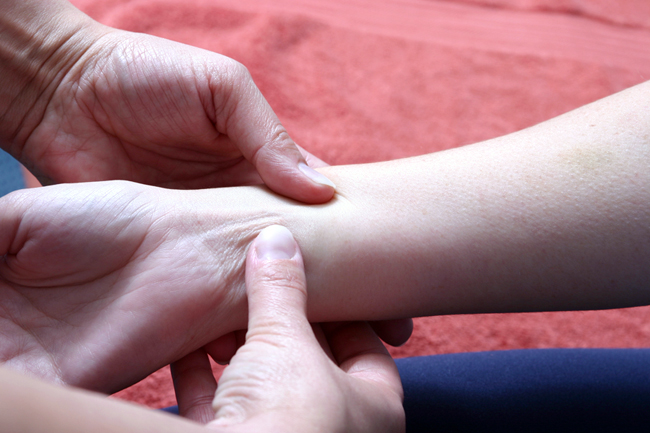
Bowen Therapy is a gentle, hands-on therapy in which subtle moves are made over connective tissue, muscles, tendons and ligaments, prompting your body to make changes. These changes could be physical, emotional, or psychological, in order to trigger positive improvements in your health and well-being.
This therapy uses precise and gentle rolling hand movements applied to areas of the body, using thumbs and fingers in a specific process or order. It’s designed to stimulate nervous pathways which allow a ‘conversation’ to take place between different nervous systems of the body.
The history of Bowen Therapy
The technique was created by Thomas Ambrose Bowen in Australia, who claimed the therapy could reset the body’s pain response. After serving in World War II, Tom Bowen became interested in discovering ways to relieve pain in the human body. He noticed that certain movements made the body respond in a positive way.
He spent years refining and developing the effectiveness of his newfound treatment. As the popularity grew, it was not uncommon for Tom to treat up to 100 people per day in his clinic. In 1993, the Bowen Technique was brought to the UK. Since then, thousands of people have discovered the power of Bowen and have had their lives transformed by the treatment.
What is Bowen Therapy used for?
Bowen Therapy is used to treat various ailments. Generally, it can help to relieves pain such as back pain, shoulder and neck pain.
Additionally, some people find that Bowen Therapy helps with stress, fatigue, depression & anxiety, and flexibility.
What to expect during a session
A Bowen therapy session usually lasts 30 minutes to 1 hour. If preferred, the treatment can be given through light clothing.
The number of treatments varies from person to person, but if you have a long-standing injury, you will typically require more treatments than someone whose injuries have recently occurred. Most people will start to experience the positive effects of Bowen therapy immediately after their first treatment.
After your session, you will be given post-treatment instructions. Your symptoms might change during the treatment, after the session, or several days later, as the body will continue the ‘conversation’ up to 5-10 days after the treatment.
Typically for long-standing injuries and pain, clients will require 3 treatments, up to two weeks apart followed by a maintenance program that is designed by you and the therapist.
